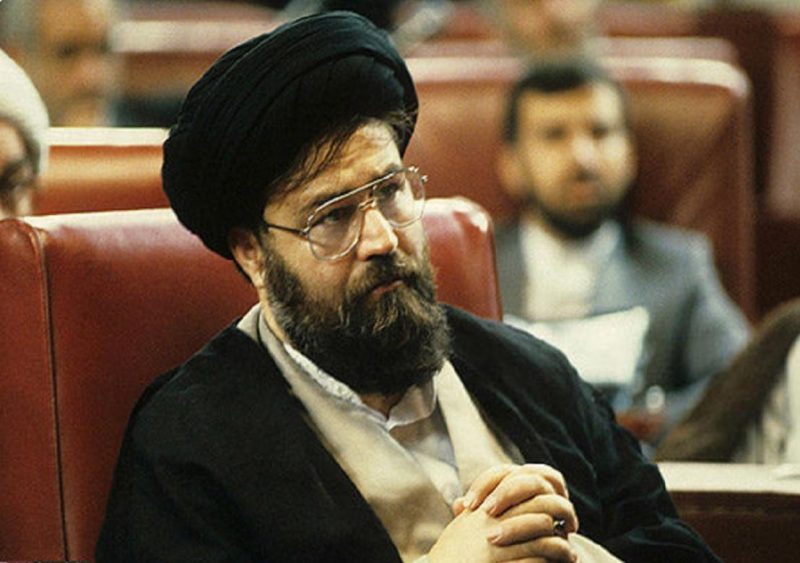The Story of Ahmad Khomeini’s Death
Amin was a father and, after the death of his elder brother, became an advisor and the closest person to the leader of the Iranian Revolution. Perhaps this closeness and influence after the revolution’s victory led to individuals and factions who, during Ayatollah Khomeini’s life, harbored resentment and perhaps enmity towards him due to political differences. However, since the time was not suitable for settling scores, they waited for his father, his greatest supporter, to pass away so it would be time for revenge.
Even positions like membership in the Expediency Discernment Council were never attractive to him. He was the key to reaching Ayatollah Khomeini, and sometimes some people attributed major decisions, such as the dismissal of Ayatollah Hossein-Ali Montazeri from his position as deputy leader, to his decision-making and that of his political associates. After his father’s death, he found himself completely marginalized and ineffective.
There were rumors of his interest in succeeding his father at that time and even in the following years, but his fortune’s star suddenly waned after Ayatollah Khomeini, causing him to quickly descend the ladder of power.
The Fall of the Fountain of Power
These days, the debate over the how and why of the late Seyyed Ahmad Khomeini’s death has intensified on social media. However, reviewing the last days of the late Seyyed Ahmad’s political life, what remains in people’s minds are his sharp and sometimes biting criticisms of the government and even the leadership, which he expressed in his speeches.
One of these speeches was in front of the people of Semnan, where Seyyed Ahmad Khomeini expressed his despair over the current situation and was worried about the future of the regime, believing that the current state was far from the ideals of the Imam and the revolution. As mentioned in Ayatollah Hashemi Rafsanjani’s memoirs, Seyyed Ahmad spent the last years of his life in self-imposed isolation. Some time after these positions and days, he suddenly passed away without any particular prior medical conditions.
This sudden and perhaps slightly suspicious death led to numerous speculations and rumors. Statements by some former security-judicial officials regarding Seyyed Ahmad Khomeini’s death and linking it to the chain murders case were among the most resonant speculations. However, independently proving and confirming these statements is an impossible task.
But now that Hossein Dehbashi’s tweet, a historian, has once again opened the case of this suspicious death in the public mind, it is better to analyze and examine other options to reach the truth.
The Theory of Ahmad Khomeini’s Death
He was dissatisfied with the situation in the country and frequently visited the house of the late Ayatollah Montazeri, offering condolences for the injustice done to him. Four days before his death, he published harsh words in the weekly magazine Omid.
Saeed Emami, in part of his interrogations, says that when the order to eliminate Ahmad Khomeini was conveyed to me by Fallahian, I became anxious. In a gathering where Mesbah Yazdi, Mohseni Eje’i, Badamchian, and Khoshvaqt from the leader’s house were present, it was said that mercy should not be shown to those who are hostile to the leader of the Muslims.
Ahmad Khomeini was the second son of Ayatollah Khomeini. In the years before and after the revolution, he played an important role in organizing his father’s relations with officials. Mohtashami says in this regard that Haj Ahmad Agha had direct connections with political groups and anti-Shah armed groups inside Iran, as well as with Lebanese fighters. Initially, Haj Ahmad Agha’s relationship was specifically and centrally with Mr. Musa Sadr, the head of the Lebanese Shia Council, and the Amal Movement under Dr. Chamran’s command. He died at the age of 49, and the exact cause of Ahmad Khomeini’s death has not yet been determined.
In this context, the following topics have been published on Iran Gate:
- The Elimination of Mojtaba Khamenei: The Serious Discussion of Leadership Succession
- Mir-Hossein Mousavi’s 1401 Statement: Audience, Rivals, and Enemies

